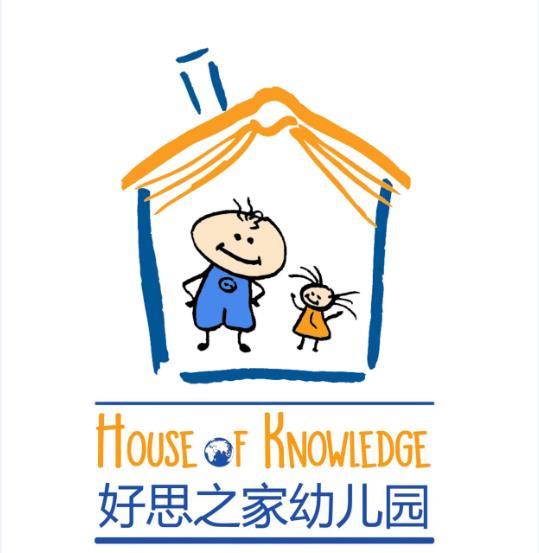The young boy looks up at the market vendor, and quickly hands over the exact amount of cash. That seller smiles back at the clever little international, who’d just finished bartering with him in fluent Mandarin. After negotiating with the Chinese vendors and making his purchases, the boy and his classmates (and the teachers supervising them) will return to their math class at House of Knowledge’s (HOK’s) Shunyi campus, to discuss, in English, what happened.
Such are the practical, multifaceted and fun assignments given to students at the school, which prides itself on helping students become multilingual and multicultural. This particular market assignment is one of the excursions that HOK’s math students make to give the skills they learned in the classroom real life heft.
Venturing out on such field trips to use their math skills is a breeze for the HOK students because they are already deeply immersed in HOK’s bi-numeracy program, following the Chinese curriculum and its repetition heavy style of multiplication tables and equation drilling, while also being taught more abstract approaches by their western teachers.
“Our students are from different countries— China, Europe, America— so they will get two ways to learn math. And they will get an opportunity to choose the way that suits them,” Wei Laoshi, who heads up HOK’s math department, says of the school’s bi-numeracy approach. Below she tells us more about the benefits of the unique math methods.
The added benefit of the bi-numeracy program is teachers’ collaboration effort, they use the best of both worlds to give the students an enriched approach.
“Our Chinese and English math teachers are co-teaching, but we follow the Chinese national standard. So the Chinese and English math teachers are always on the same page, and follow the same content.”
“For example, right now our Grade 2 class is learning multiplication tables. The Chinese teacher gives them tables and teaches them through repetition first, then they do more visual and abstract practice with beads, pieces of dry pasta, or other materials with their Western teachers.”
“My daughter is in a Chinese public school, she doesn’t like doing math in the traditional way on paper all the time. She’ll complain ‘Oh it’s too much for me,’ and sometimes it even makes her cry. But here the students have a choice, and are able to learn more than one way and then find which method is most comfortable for them.” CLICK HERE TO READ MORE
